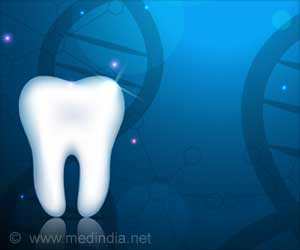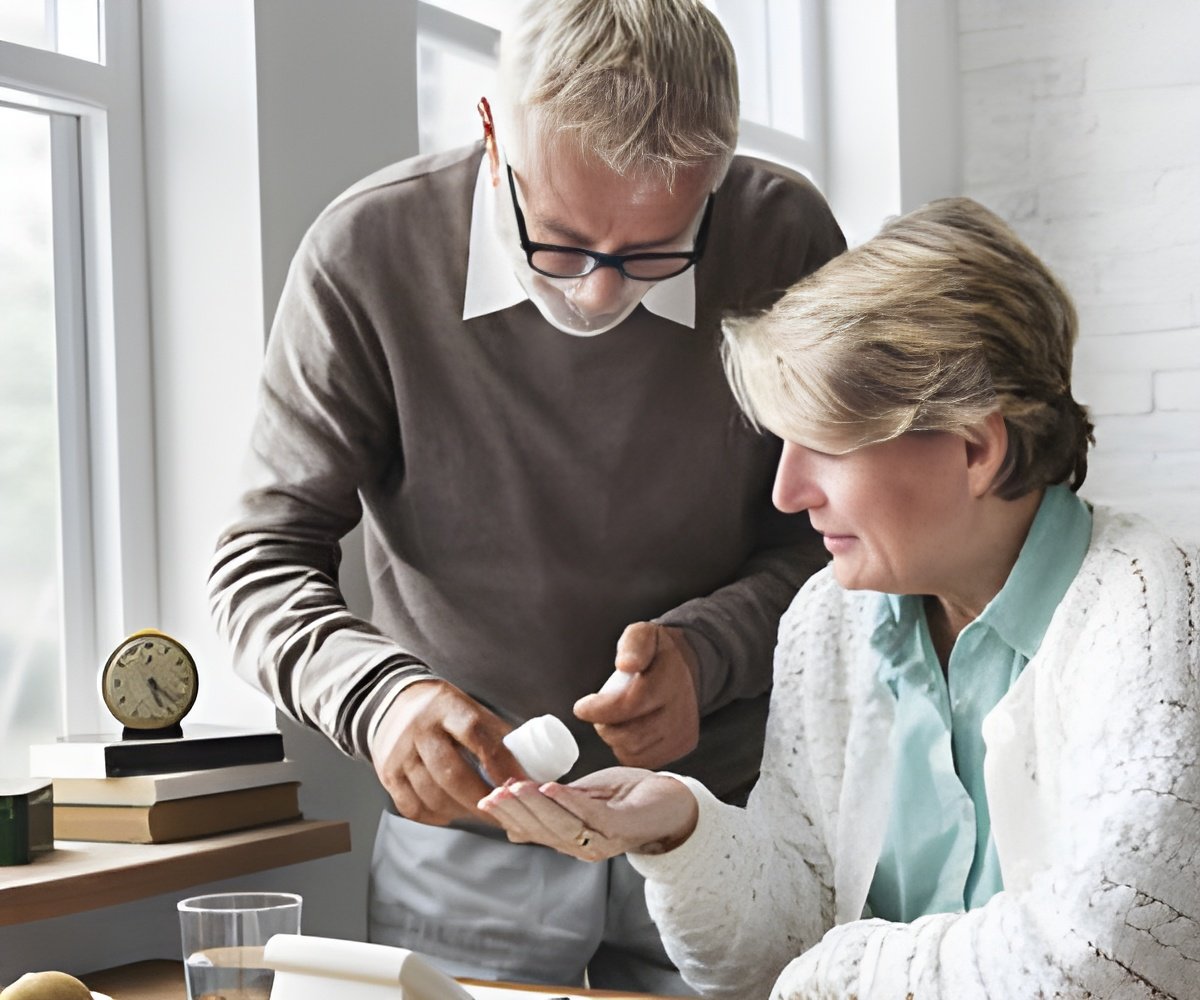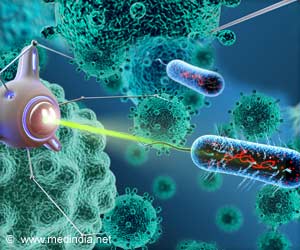,” said Vivek Kumar, a bioengineer at NJIT.
To find a solution to this menace, researchers created an injectable hydrogel designed to recruit a person’s own dental pulp stem cells directly to the disinfected cavity after a root canal.
Advertisement
Composed of biocompatible amino acid peptides that aggregate into fibers, the hydrogel delivers biological cues to direct tissue growth, as well as a scaffold structure to support it.
There are presently no FDA-approved technologies that successfully restore native dental pulp.
The tissue outside of the emptied canal, when poked, forms blood clots that secrete a protein called growth factor that signals cells to produce new tissue to support the root. While some regrows, it is disorganized, lacks the needed tissue differentiation – including nerve cells – and fails to mimic soft tissue.
Hydrogel Therapy Could Help A Wounded Tooth
By contrast, the research team’s hydrogel therapy mimics the body’s growth factor signaling, and, coupled with known antimicrobial mechanisms engineered into those materials, is capable of promoting tissue healing and regeneration.
In early animal clinical trials, dogs injected with the team’s hydrogels formed soft tissue from the tooth apex to the crown in just under a month.
One of the core challenges tissue engineers faces is creating blood vasculature, the plumbing that delivers nutrients to regenerated cells.
To address the problem, the team’s hydrogel contains a protein known as a vascular endothelial growth factor that stimulates the growth of new blood vessels.
In a separate study, the group tested a different hydrogel that contained just the antimicrobial peptide. The results showed that in combination with the peptides that spur blood vessel development, it was capable of creating scaffolds that performed both critical functions.
Going forward, they plan to combine and test both therapies in a single hydrogel.
Source: Medindia



